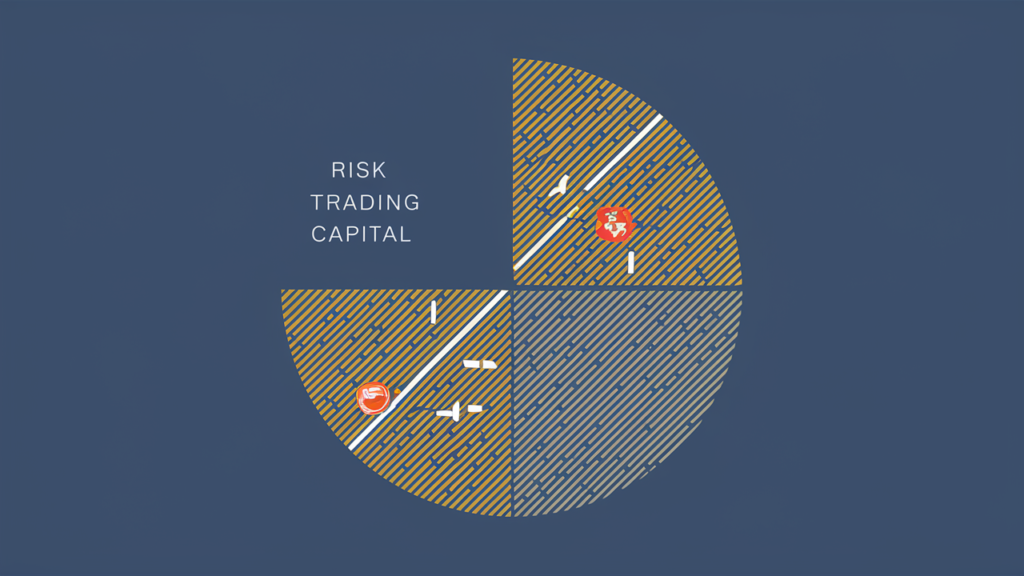Forex Position Sizing: Master the Art of Risk Management

Summary
- Understanding Forex Position Sizing: Learn the importance of position sizing and how it can protect your trading capital.
- Practical Calculation Steps: Discover a step-by-step guide to calculating the right position size for your trades.
- Actionable Tips: Implement effective strategies to manage risk and enhance your trading performance.
Introduction
As experienced traders, we know that one of the most critical aspects of trading is managing risk, and a fundamental component of risk management is position sizing. Proper position sizing ensures you protect your capital and maximize your trading potential. By reading this post, you’ll gain valuable insights into calculating position size and how it can help you become a more disciplined and successful trader.
The Concept of a Budget and Its Importance
Before diving into the specifics of position sizing, let’s discuss the concept of a budget in trading. Just like in personal finance, a budget in trading isn’t just about the money you allocate—it’s also about managing your time and emotional resources. A well-structured budget helps you stay disciplined and focused, ensuring you don’t overextend yourself.
A budget in trading involves setting aside a specific amount of capital you are willing to risk on a given trade. This helps manage risk and prevent significant losses. Respecting this budget and not letting emotions drive you to exceed it is essential. Sticking to a budget is a cornerstone of successful trading.
Position Sizing in Forex Trading
Understanding the Basics
Position sizing refers to determining the amount of a particular asset to buy or sell in a trade. Risk management is crucial because it directly impacts how much you could lose on a trade. In Forex trading, position size is typically measured in lots, with one standard lot equating to 100,000 units of the base currency.

Steps to Determine Maximum Position Size
- Establish Maximum Risk Amount: Determine how much of your account you are willing to risk on a single trade. A common rule is the 2% rule, meaning you shouldn’t risk more than 2% of your trading capital on any single trade. This helps protect your account from significant drawdowns.
- Calculate the Stop Amount: Measure the distance from your entry point to your stop-loss level in pips. To get the stop amount, multiply this distance by the pip value per micro-lot.
- Determine Position Size: Divide the maximum risk amount by the stop amount and round down to find the maximum position size in micro-lots.
Practical Example
Let’s say you have a $10,000 trading account and are willing to risk 2% per trade. Your maximum risk amount is $200. If the distance from your entry to your stop loss is 50 pips, and each pip is worth $1 per micro-lot, your stop amount is $50. Therefore, your position size would be $200 / $50 = 4 micro-lots.
In my early trading career, I often overlooked the importance of position sizing. I remember a trade where I was so confident in the setup that I risked a significant portion of my capital. Unfortunately, the trade went against me, and I suffered a substantial loss. That experience taught me the hard way about the importance of proper position sizing.
Actionable Tips for Effective Position Sizing
- Stick to the 2% Rule: Never risk more than 2% of your trading capital on a single trade. This simple rule can save your account from large drawdowns.
- Use a Trading Journal: Document your trades, including position sizes and outcomes. Reviewing this journal will help you identify patterns and improve your risk management strategies.
- Adjust Position Size Based on Volatility: Higher volatility pairs require smaller position sizes to manage risk effectively. Always consider the volatility of the asset when calculating your position size.
Proper position sizing is a fundamental aspect of successful Forex trading. It helps protect your capital, manage risk, and maintain a disciplined trading approach. By following the steps outlined in this post, you can enhance your trading performance and achieve long-term success.
Key Takeaways
- Importance of Position Sizing: Proper positioning protects your trading capital.
- Step-by-Step Calculation: Follow a structured approach to determine the right position size for your trades.
- Effective Risk Management: Implement actionable tips to enhance trading performance and manage risk effectively.
Understanding and choosing the right trading time frame is critical to successful trading. Whether you prefer the fast-paced world of intraday trading or the patient approach of long-term investing, aligning your strategy with your goals and lifestyle is key. Stay informed, keep learning, and remember that becoming a successful trader is a marathon, not a sprint.
Are you curious about which signals best support your trading strategy across forex, crypto, and commodities? Join our community at The Signals Oracle, where we provide actionable insights, expert analysis, and a supportive network to help you succeed. Sign up now for our free resources and start your journey towards more informed trading!
Ready to elevate your trading game? Sign up for a trading signals package risk-free today!